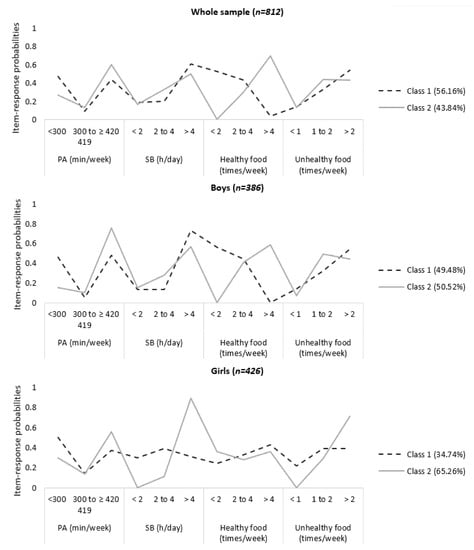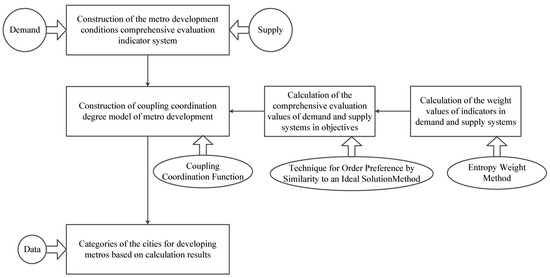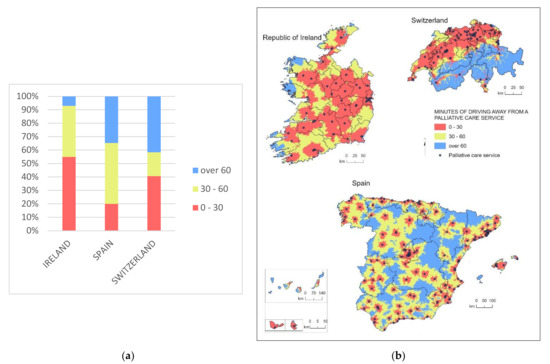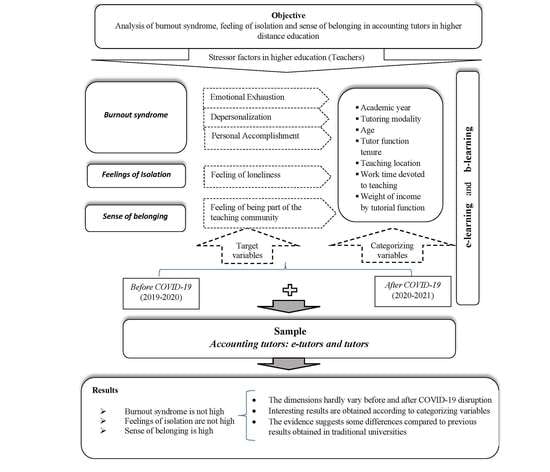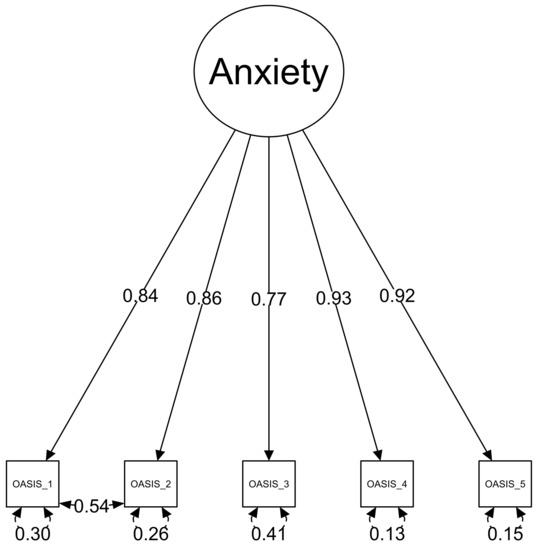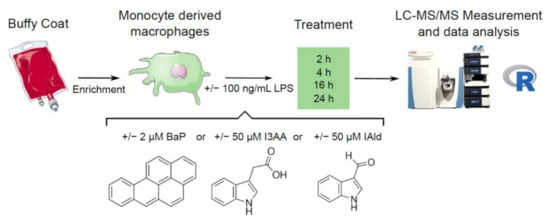Int. J. Environ. Res. Public Health 2021, 18(19), 10350; https://doi.org/10.3390/ijerph181910350 - 30 Sep 2021
Cited by 5 | Viewed by 1856
Abstract
Background: the relationship between behavior clusters and weight status, mainly in low- and middle-income countries, remains unclear. This study aimed to examine the association between profiles of physical activity (PA), diet and sedentary behavior (SB) with weight status in adolescents from a southern
[...] Read more.
Background: the relationship between behavior clusters and weight status, mainly in low- and middle-income countries, remains unclear. This study aimed to examine the association between profiles of physical activity (PA), diet and sedentary behavior (SB) with weight status in adolescents from a southern Brazilian city, according to sex. Methods: data from the Movimente Intervention study were analyzed (n = 812 / mean age 13.0 years (sd 1.04). Data on SB hours per day, PA minutes per week and weekly consumption frequencies of fruits, vegetables, salty snacks, candies and soda were self-reported on the validated Movimente questionnaire. Classes of healthy and unhealthy behaviors were derived by latent class analysis. Logistic regression analysis was used to estimate the associations between adolescents’ weight status and classes. Results: two classes were identified for the whole sample and for boys and girls. All classes had high probabilities of engaging high time in SB. Male adolescents in the unhealthy class had low probabilities of being active and high probability of consuming a low-quality diet. In contrast, girls’ healthiest profile presented lower probabilities of being active compared to boys’ healthiest profiles. No association was found between weight status and classes. Conclusion: All classes had at least one unhealthy behavior, for both the whole sample, and for girls and boys. Girls’ profiles were unhealthier compared to boys’ profiles. Hence, it is recommended that intervention strategies to change behaviors need to be distinct according to sex, targeting more than one obesogenic behavior at the same time.
Full article
(This article belongs to the Special Issue Physical Exercise/Physical Activity and Metabolic Diseases in Children and Adolescents)
►
Show Figures
